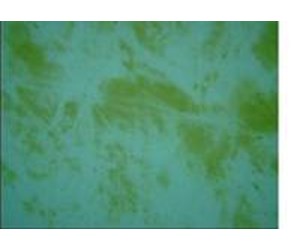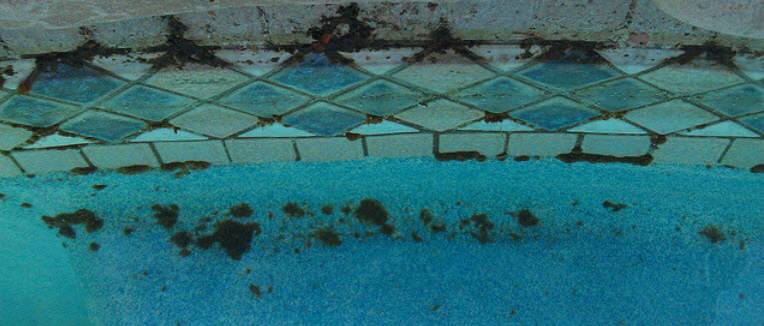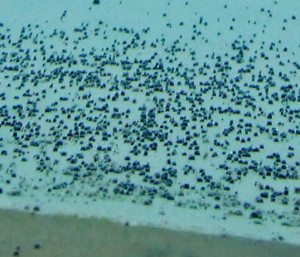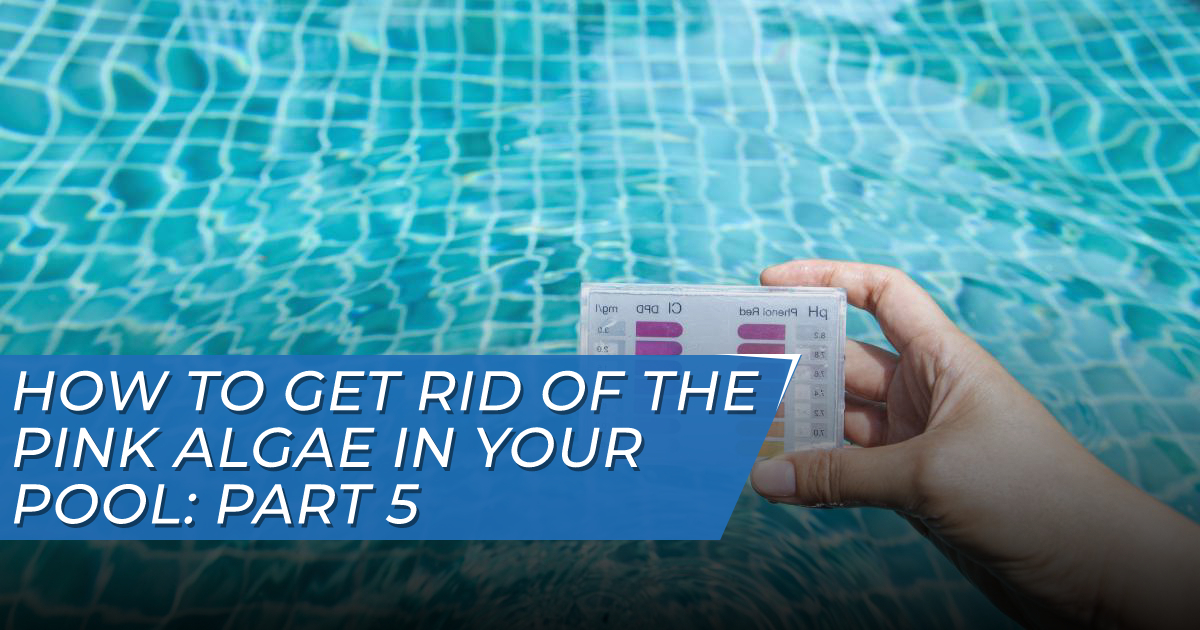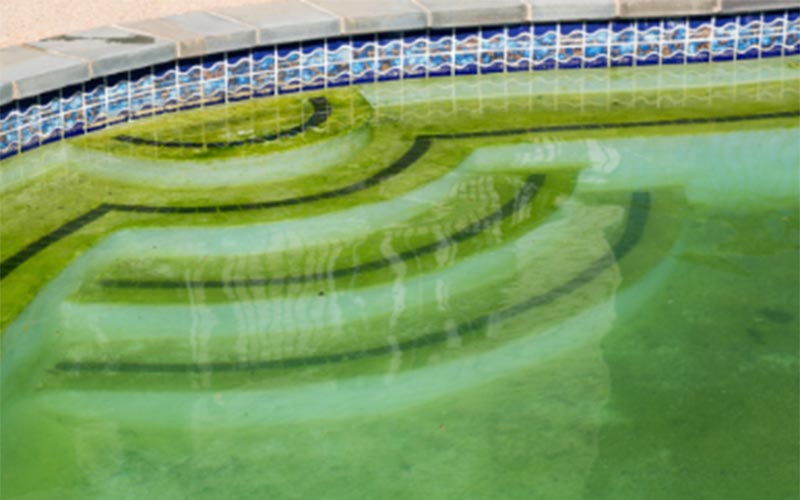Algae On Bottom Of Pool After Shocking

Pool shock is basically super chlorinating your pool to kill off anything that shouldn t be living there.
Algae on bottom of pool after shocking. This is one of the most effective ways of eliminating algae from your swimming pool. Give the shock a good 12 to 24 hours to work it s magic. Run the filter 24 7 and backwash as needed. Since you are killing the algae in the pool the algae will end up in the filter.
If the algae hasn t cleared up after 24 48 hours clean and brush the pool and add another shock treatment. If the algae hasn t cleared up after 24 48 hours clean and brush the pool and add another shock treatment. Give the shock a good 12 to 24 hours to work it s magic. Yes you re supposed to be shocking your pool weekly anyway but getting rid of an algae overgrowth may require a little extra treatment especially if it s been neglected for a bit.
Although algae themselves are not harmful to humans or pets they can spread harmful germs and trap bacteria in the pool water. The vacuum will pick up any dead algae that settled to the bottom of the pool. They work by clumping particles together and sinking them to the bottom of your pool making it easier for you to clean up and filter out. In the swim pool.
How much you have to use will depend a lot on the type of algae you have. Run the pool s vacuum after the pool is free of algae. This video will show you how to vacuum and remove algae off of the bottom of your swimming pool so that it does not go back into the water. Then you will enjoy your beloved swimming pool.
If you do not clean your filter well the algae can return. After the algae are dead you then vacuum them out of your swimming pool. If you are using your filter to vacuum it should be set to waste. Remember prevention is better then cure if you use a chlorine shock product the pool water will turn crystal clear.
There shouldn t be any more green color and the water visibility should be improving. When treating a swimming pool for algae it is important that all parts of the pool receive a dose of algaecide. When algae are growing on the pool it can make some slick area for the pool because algae are slippery and greasy. An excellent example of this is yellow commonly called mustard algae.
To fix the sick problem use a pump and vacuum proper time in a proper way. Make sure you properly clean your pool filters so that all the algae is cleared out of the. Monitor and clean your pool filter regularly after applying the shock treatment. When the chlorine has completely finished working the algae in the pool will turn a white gray color and will either settle to the bottom of the pool or be suspended in the water.
Make sure you first use algaecide then shock your swimming pool otherwise you may not get the desired results. Some of the many types of algae can exist outside the pool and will re infest the water when brought back in contact with the water. Use 1 2 treatments of pool flocculant depending on the severity of the pool algae.








